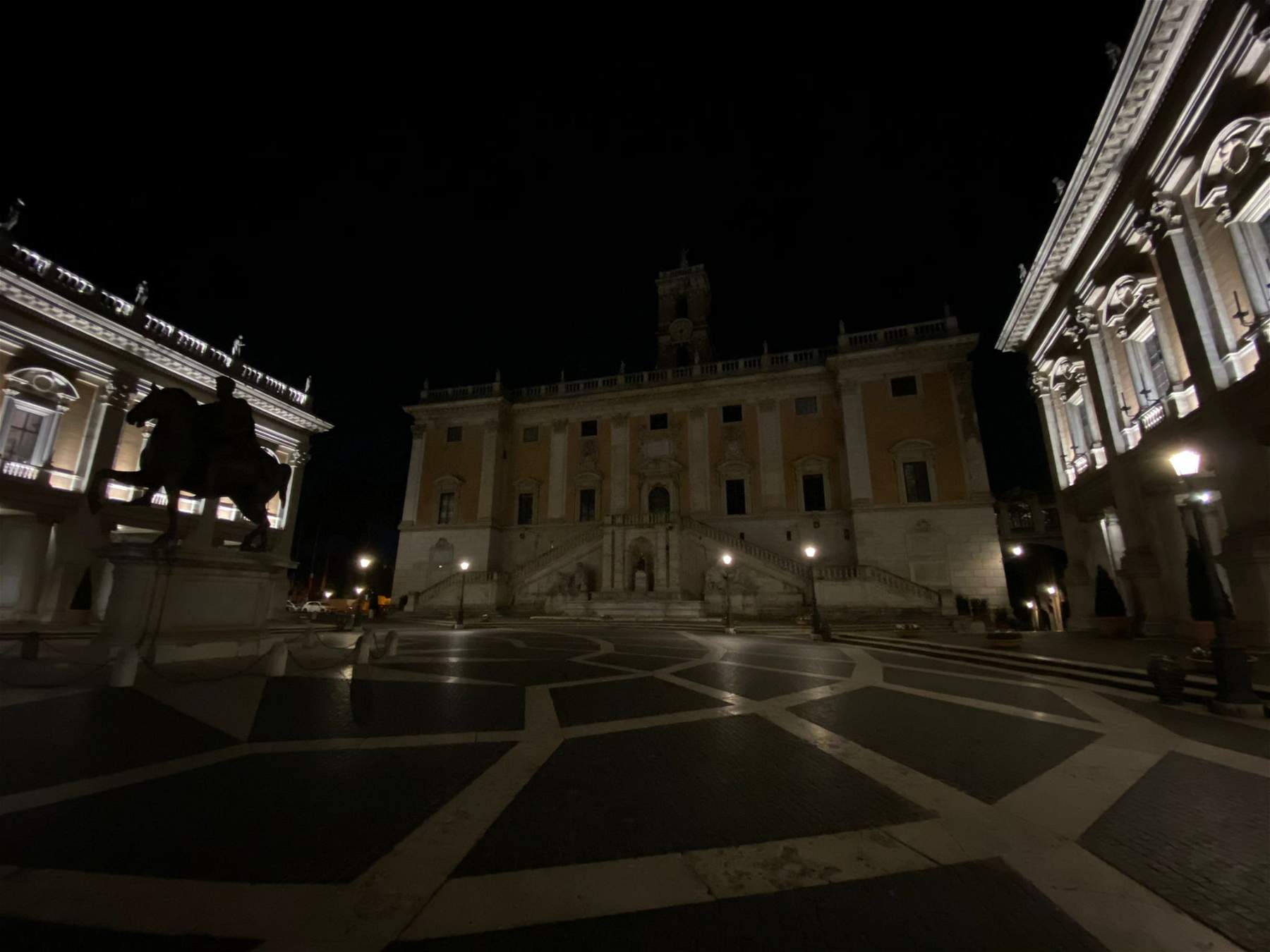Energy crisis turns off city lights. In the dark the monuments
The severe energy crisis thatItaly has now entered and that threatens to nullify the benefits of PNRR has turned off the lights in our cities. This is the form of protest that theNational Association of Italian Municipalities (ANCI) decided to put in place to draw attention to a problem that could be even more serious than the health crisis we are leaving behind.
Thus, last night, from 8 p.m., three thousand municipalities throughout Italy, from Rome to Turin, from Bari to Florence, from Bologna to Genoa, from Naples to Venice, in all regions, blacked out symbolic places, to send a clear signal to the government: with the price increases on energy, municipalities would not hold up, and without municipalities the whole of Italy remains in the dark. The initiative launched by Anci has gathered thousands of adherents, from small and medium municipalities to large metropolitan cities. The moment of the switch-off was immortalized and collected in a video story that touched cities from North to South, published on the Anci website. The shutdown of the monuments lasted for 30 minutes.
“The responses from the government to our requests are not enough,” said Antonio Decaro, mayor of Bari and president of Anci. “Evidently there is no perception of the risk that this crisis will have a negative impact on the budgets of local authorities and consequently, above all, on the possibility of continuously delivering public services to citizens. For this reason, this evening, at 8 p.m., many municipalities across the country will symbolically turn off the lighting of a representative building or a significant place for the community. We hope that in this way people will understand what risks they are facing if they do not take action soon with adequate support to at least cover all the increases expected in recent months. The Anci estimates an increase of at least 550 million euros for municipalities, out of a total annual expenditure on electricity of between 1.6 and 1.8 billion euros. We would not like to find ourselves once again having to choose between safeguarding budget balances and delivering services to citizens.”
The energy crisis arises because of a number of concauses: the growth in demand for gas from Asian countries that are adopting policies to replace coal-fired plants (and thus the reduced availability of European countries), geopolitical tensions between Ukraine and Russia, and increases in emissions costs. The results are triple-digit increases: if in January 2021, reports from the Regulatory Authority for Energy Networks and Environment (ARERA) say, electricity cost 0.083 euros per kWh per day and 0.068 in the evening, one year later the costs have reached 0.383 and 0.340. This is, former Confindustria president Vincenzo Boccia explained in an interview, a problem that affects Italy in particular, because our country, unlike others such as France and Germany, is very dependent on imports. “Entrepreneurs,” Boccia said, “are worried that sooner or later they will have to explain to their financial institutions how they will react to these energy increases. Since there was export growth in 2021 anyway there is a tendency to wait in optimism, hoping that everything will calm down. But the financial issue is structural, not cyclical. Add to this that so far we have been ’distracted’ by the affairs of the Quirinal and the Omicron variant and that’s why there is no mention of it. I wonder: but is there a worse thing than expensive energy? I believe that with a bill of 36 billion euros compared to the usual 8.8 all families have noticed. Italy is a wonderful country: they are striking for the tax wedge and not for the families who will soon be starving. There is a very dangerous economic torpor for-as soon as possible we may already pay the consequences.”
The measures put in place by the government have mitigated the effects of the crisis with a package worth nearly 4 billion euros, but they seem not to be enough. For Boccia, the solution to be put in place immediately is a “task force on the energy issue, which should take into account three elements: economic, social, and environmental.” Also speaking on possible solutions on La7 was the mayor of Florence, Dario Nardella, who said it is necessary to “invest in infrastructure that allows for the development of alternative energy sources. The Pnrr has placed attention on hydrogen and in Tuscany we are also presenting projects to use it as a clean source. Green hydrogen to power buses and trains, however, we are still far behind. So, Pnrr becomes decisive also to recover this Italian gap in the energy sector.”
In the photo, the Capitol in Rome dark during last night’s protest.
 |
| Energy crisis turns off city lights. In the dark the monuments |
Warning: the translation into English of the original Italian article was created using automatic tools. We undertake to review all articles, but we do not guarantee the total absence of inaccuracies in the translation due to the program. You can find the original by clicking on the ITA button. If you find any mistake,please contact us.
































